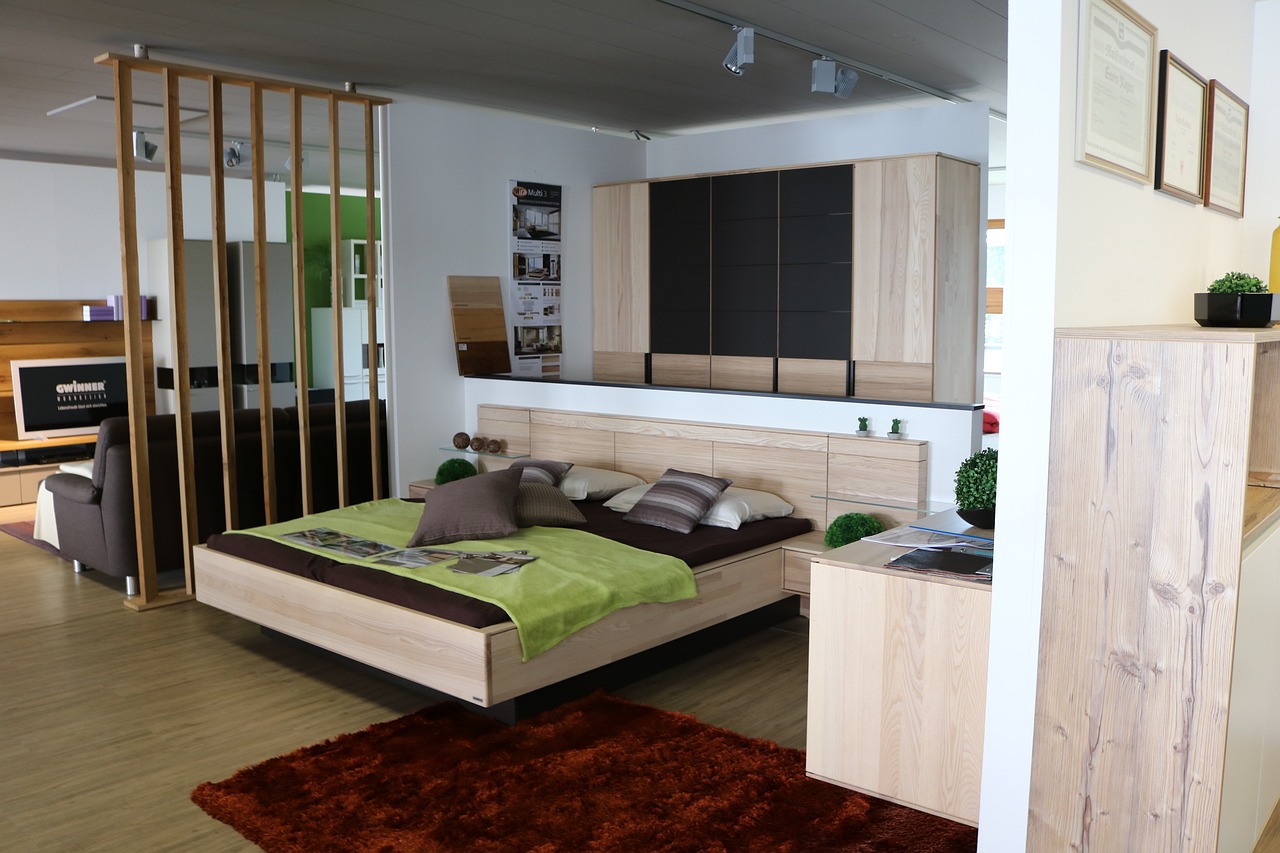Room Divider Solutions for Modern Living Spaces
Room dividers offer versatile solutions for creating distinct spaces within open floor plans, adding privacy, and enhancing interior design. Whether you're working with a studio apartment, shared bedroom, or large living area, the right divider can transform your space while maintaining functionality and style. Understanding different types, materials, and installation methods helps you choose the perfect option for your specific needs and budget.

Creating separate spaces within your home doesn’t require permanent walls or major renovations. Room dividers provide flexible solutions that adapt to changing needs while enhancing both privacy and aesthetics. From temporary screens to built-in storage units, these versatile elements serve multiple purposes in modern living spaces.
What Are Room Dividers and Their Primary Functions
Room dividers are portable or semi-permanent structures designed to separate areas within a single room or open space. They create visual boundaries, reduce noise transmission, and provide privacy without the expense of construction. These solutions work particularly well in studio apartments, shared bedrooms, home offices, and large living areas where distinct zones are desired.
Modern dividers range from simple folding screens to sophisticated sliding panels with integrated storage. They can be purely functional, decorative, or combine both purposes depending on your specific requirements and design preferences.
Bedroom Divider Ideas for Enhanced Privacy
Bedroom spaces often benefit from strategic division, especially in shared rooms or master suites with sitting areas. Fabric panels mounted on ceiling tracks create soft separation while maintaining airflow and natural light. These work exceptionally well for creating private dressing areas or separating sleeping zones from workspace.
Bookshelf dividers serve dual purposes by providing storage while creating distinct areas. Open shelving maintains visual connection between spaces, while closed units offer complete privacy. Curtain systems offer the most flexibility, allowing you to open or close spaces as needed throughout the day.
Plant dividers using tall indoor trees or vertical gardens create natural boundaries while improving air quality. This approach works particularly well in bedrooms where you want to maintain a connection with nature while defining separate areas.
Popular Room Divider Types and Materials
Folding screens remain among the most popular choices due to their portability and variety of styles. Traditional Japanese shoji screens offer timeless elegance, while modern acrylic panels provide contemporary appeal. Wooden screens work well in rustic or traditional settings, and metal options suit industrial or minimalist designs.
Hanging dividers include beaded curtains, macrame panels, and suspended fabric systems. These options work well when floor space is limited and can be easily removed when full room access is needed. Glass panels provide separation while maintaining light flow, making spaces feel larger and more open.
Built-in solutions like half-walls with integrated storage or sliding barn doors offer permanent division with added functionality. These options require more investment but provide long-term value and can increase property appeal.
| Divider Type | Price Range | Installation | Durability |
|---|---|---|---|
| Folding Screen | $50-$300 | No installation | 5-10 years |
| Curtain System | $30-$150 | Ceiling mount | 3-7 years |
| Bookshelf Unit | $100-$500 | Assembly required | 10-20 years |
| Sliding Panel | $200-$800 | Professional install | 15-25 years |
| Plant Divider | $40-$200 | Minimal setup | Varies with care |
Prices, rates, or cost estimates mentioned in this article are based on the latest available information but may change over time. Independent research is advised before making financial decisions.
Installation and Placement Considerations
Proper placement maximizes both functionality and aesthetic appeal. Consider traffic flow patterns to ensure dividers don’t create obstacles or safety hazards. Ceiling height affects which types work best - tall spaces accommodate floor-to-ceiling options, while lower ceilings benefit from shorter dividers that don’t overwhelm the room.
Weight distribution is crucial for freestanding units. Ensure adequate base support for tall dividers, and consider wall anchoring for safety in homes with children or pets. Lighting changes when you add dividers, so plan for additional illumination in newly created spaces.
Flexibility should factor into your decision. Removable options allow for seasonal changes or future room reconfiguration, while permanent installations provide stability and can incorporate electrical or plumbing features.
Maintenance and Longevity Tips
Regular cleaning extends divider lifespan and maintains appearance. Fabric panels benefit from occasional vacuuming or professional cleaning, while hard surfaces need regular dusting and appropriate cleaners for their specific materials. Moving parts like hinges or sliding mechanisms require periodic lubrication.
Seasonal adjustments help prevent damage from humidity changes or temperature fluctuations. Store portable dividers properly when not in use, and inspect permanent installations annually for wear or stability issues.
Room dividers offer practical solutions for modern living challenges, providing privacy, organization, and style enhancement without permanent structural changes. Whether you choose temporary screens or built-in systems, the right divider transforms your space while adapting to changing needs over time.




